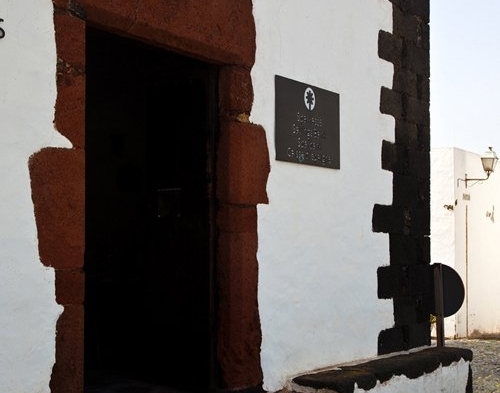The "Cilla"

After the conquest and up until the first half of the 19th century, Lanzarote was a feudal island. In addition to the feudal taxes, the inhabitants also had to pay the clergy a tithe, that is, ten percent of what they made each year from farming and harvests.
The yielded cereals were stored in these granaries, named cillas, and Teguise benefitted greatly from the fact that it held the most important granary on the island, especially on a cereal-rich island such as Lanzarote. The building’s construction dates back to 1680, and is the work of the master builder Marcial Sánchez. In 1986, a banking group paid for its restoration, led by César Manrique, and it was turned into a branch of a bank, whilst conserving its original structure.